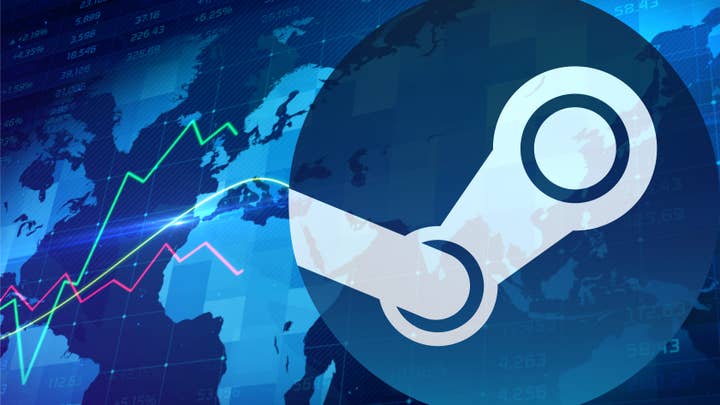Regional pricing in games distribution is still necessary – here is why | Opinion
VaultN's Julian Migura says Steam switching off local currency in certain markets is "a poor attempt at curing symptoms, not the root cause"
Sign up for the GI Daily here to get the biggest news straight to your inbox
When I head to my local supermarket in Amsterdam, the Netherlands, a pack of rice (one kilogram) will set you back anywhere between €1.79 ($2) and €4.99 ($5.50), while looking for an equivalent product in Argentina’s capital, starts at somewhere around 400 Pesos or $1.
While I’m not an expert in commodities, or rice in particular, it is obvious that the regional price is somewhat adjusted, when taking into consideration disposable income as well as factors such as production cost, distribution cost, current demand and supply levels, and so on. In short: purchasing power parity.

The Economist has developed its well-known Big Mac Index to measure purchasing power parity by tracking the local price of McDonald’s signature burger and measuring differences and how one particular currency compares to another. Looking at the latest available July 2023 data, the Euro overvalued 4.3% in raw data and 15.5% in GDP adjusted against the US dollar price. In Argentina, the peso was overvalued by 33% GDP adjusted, likely because of the soaring inflation and strong devaluation of its currency.
This similar logic also applies to other products and services, including those of digital format. Netflix and Spotify both offer regional prices that are adjusted based on maintaining a relatively similar accessibility level.
When I was working at BoaCompra (now PagSeguro), we supported Valve’s first release of local catalogs and pricing outside of major currencies, including many countries in Latin America. We advised applying a similar logic and suggested reasonable discounts for Argentina and Brazil (and later Turkey). This was something that worked well when released but was seemingly too cumbersome to keep up with or required too much communication and understanding of current economic conditions.
A lot has changed since 2012 (and 2014 respectively), not just with the world as a whole, but especially with the devaluation of the Argentine peso and Turkish Lira. Valve has had issues with this for many years, but the current solution is far from ideal, as was also covered by Rob Fahey’s opinion piece at GamesIndustry.biz a few days ago.
An adjustment was urgently needed to ensure publishers generate and retain the proper value their products deserve, and pricing adjustments are somewhat aligned in real terms to those in major markets with more stable currencies. Switching off local currency support and adjusting pricing by simply switching to US dollar-denominated values had game prices soar up to 4,298%. This is a poor attempt at curing symptoms, not the root cause.
Simply hiking prices is not how to resolve the underlying issues of digital games and platforms being easily accessible via VPNs or resellers able to misreport sales. Gaming should learn from tools deployed in other portions of the digital media spectrum. Solutions could already be seen in the past if you look at the free-to-play segment, which has handled this successfully for two decades or more.
Valve has had issues with [regional pricing] for many years, but the current solution is far from ideal
Spotify, for example, analyses the country or region of issuance of your payment method alongside your usual access details (IP) and adjusts your account accordingly or locks you from purchasing from a different region. Netflix requires valid tax IDs or other ‘guaranteed local parameters’ to be provided for specific regional pricing and offers to be accessed, and many free-to-play MMOs, such as Garena’s FreeFire, allow for globally accessible keys at a higher price and limit lower-priced keys to be redeemed via specific servers and regions only.
It will be even more important than ever for publishers to work with strong partners that enable third-party distribution partnerships to effectively cater to local gamers and extract a reasonable value. Regional partners and local heroes are best at understanding how to present products and deals to their audiences (discoverability), reach their target groups with promotions using the right channels (marketing reach), and provide local payment methods that local users can pay with and at the right cost-benefit (accessibility). These partners can help publishers generate much-needed additional revenue streams without cannibalizing other markets.
Following Valve's recent move, it's time for publishers to add more channels to the distribution portfolio.
Julian Migura is co-founder of VaultN, a self-service distribution platform for digital games
